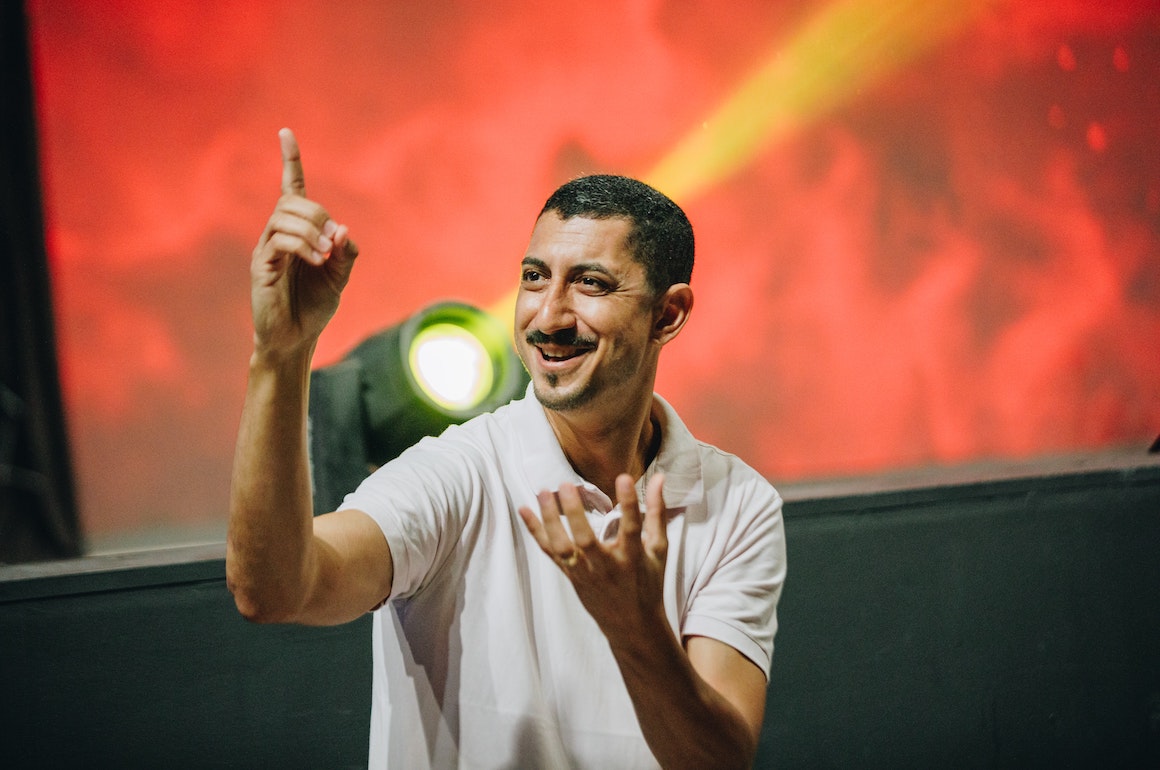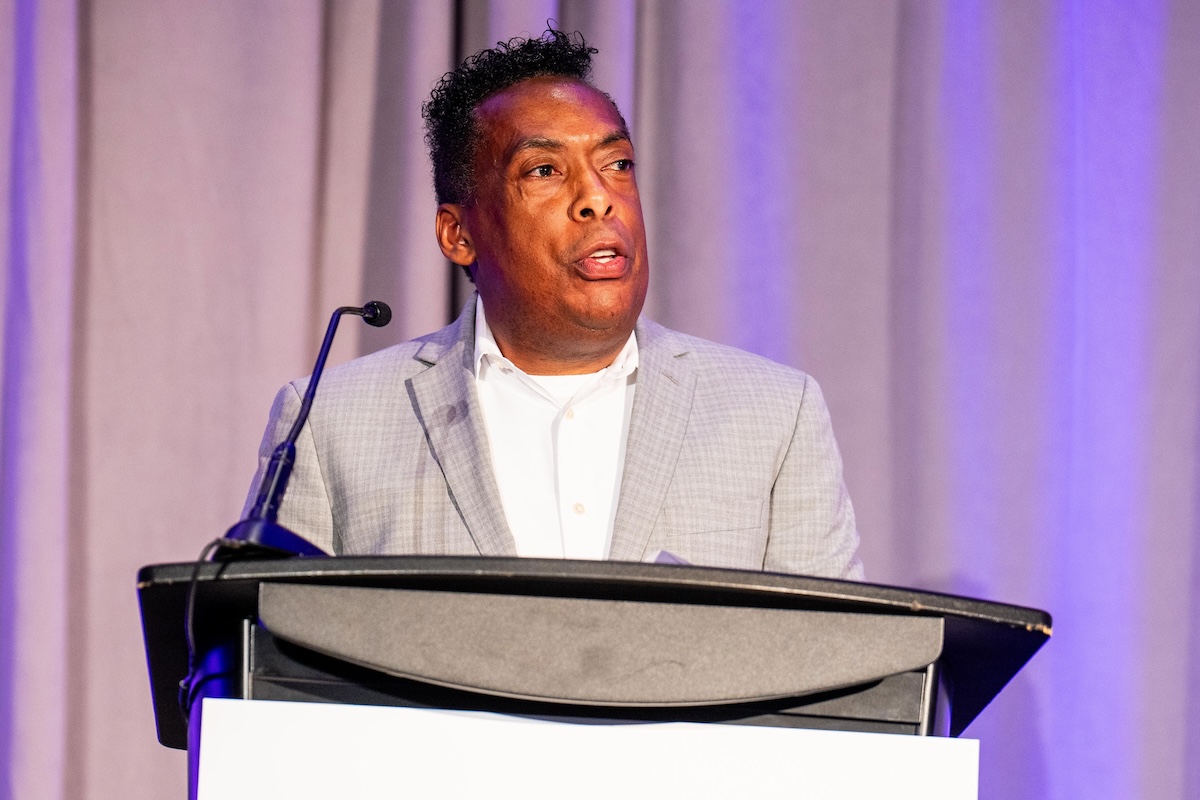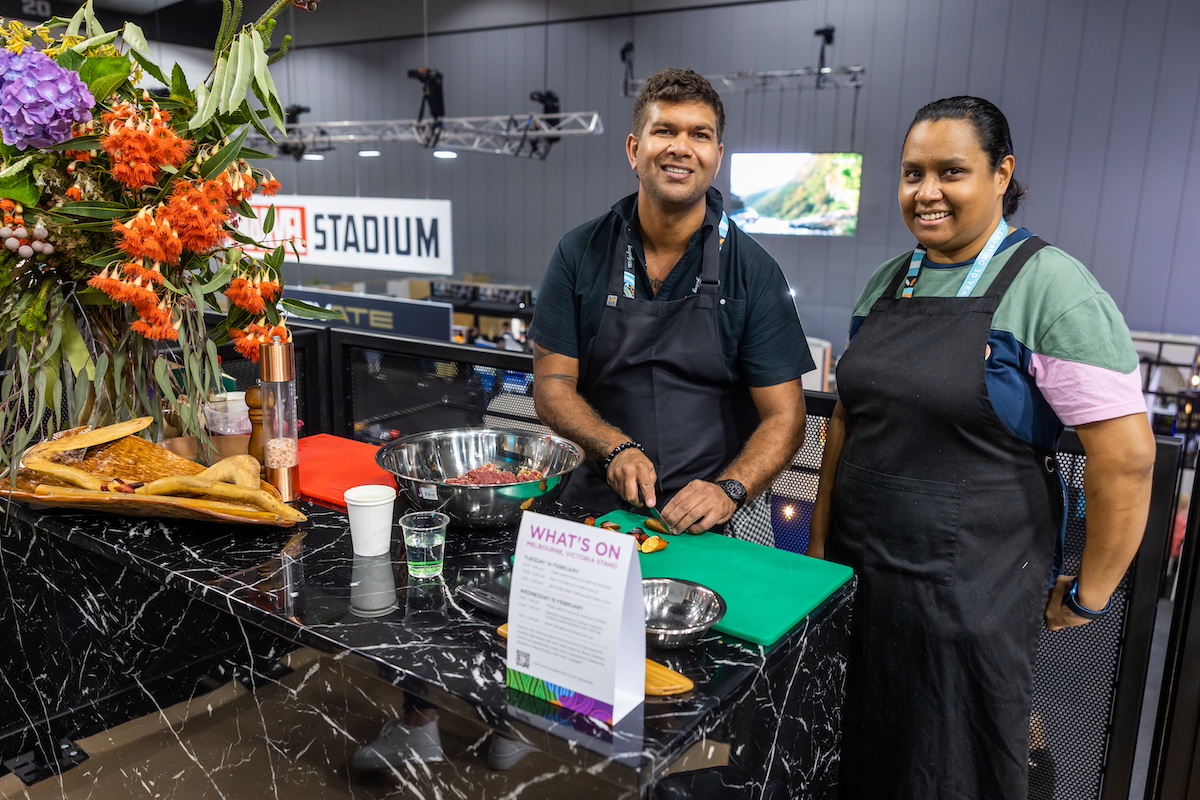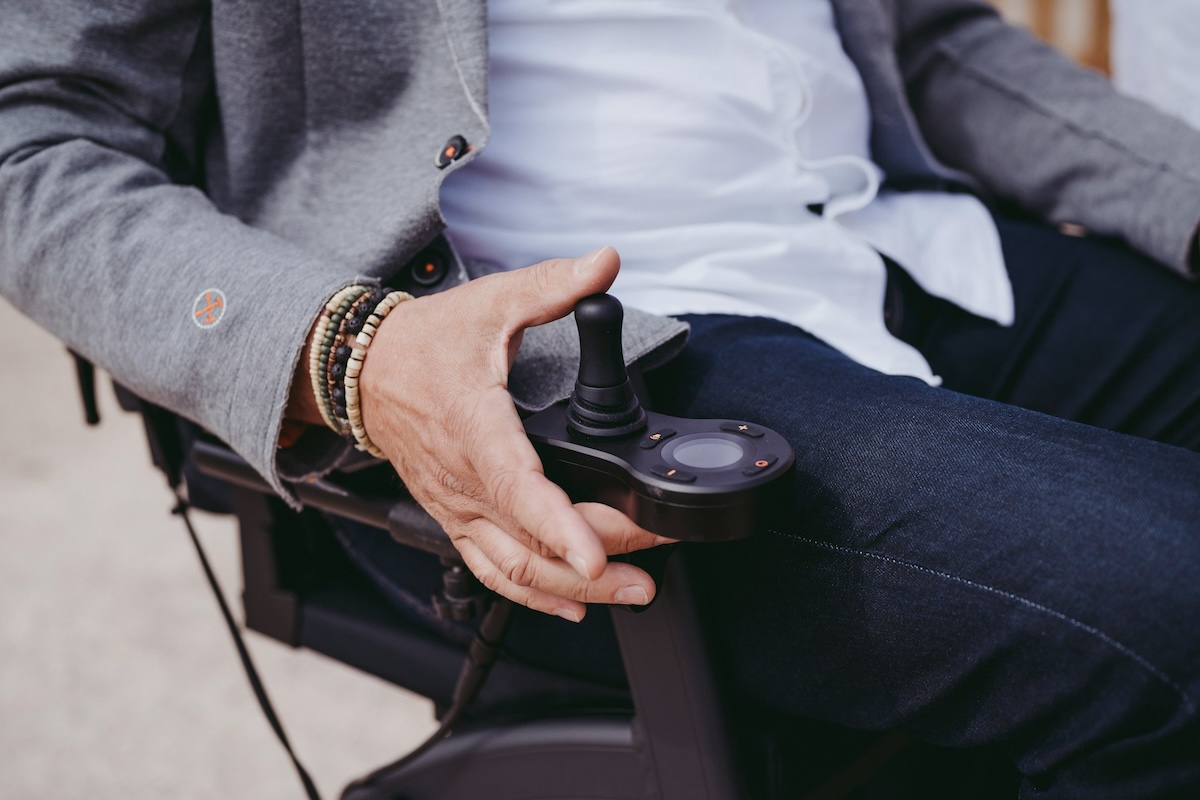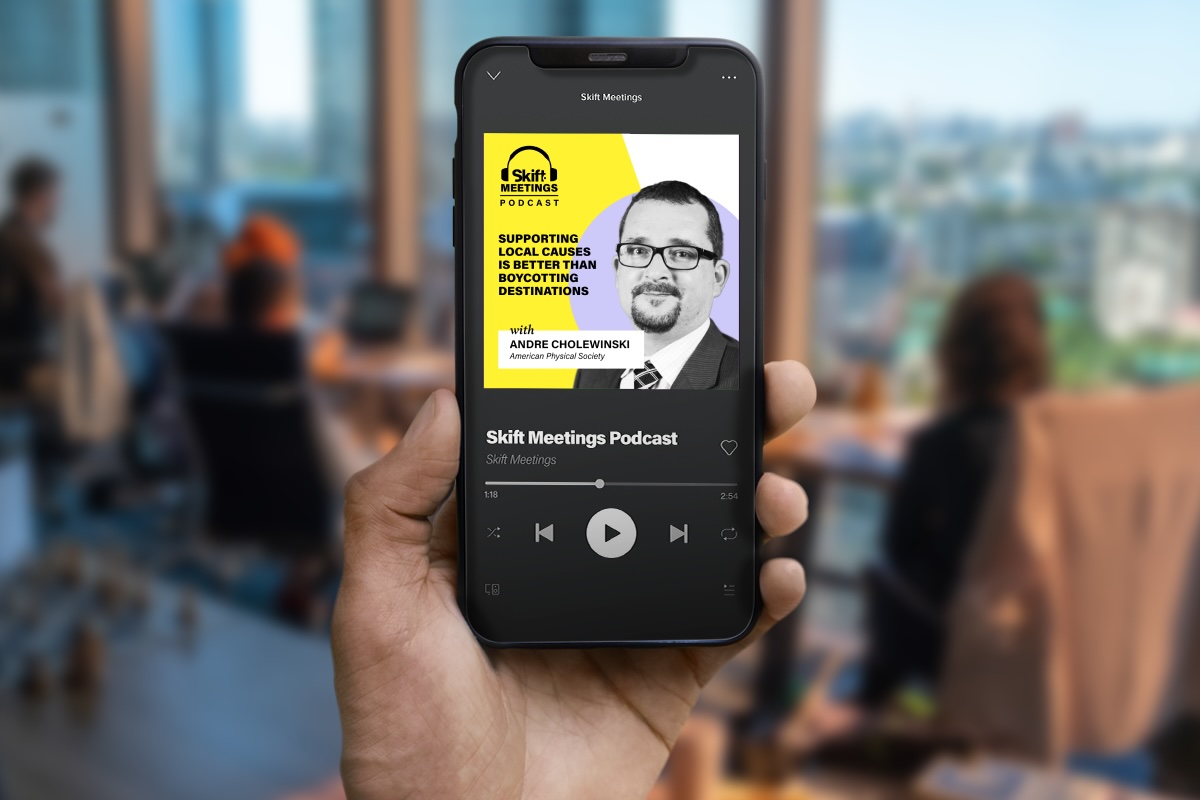Skift Take
As event audiences have expanded, planners must make sure their gatherings are accessible for all. Unfortunately, deafness, an invisible disability, is often neglected when planning events, a mistake.
Online events, a necessity during the Covid shutdown, continue as a critical mode of meeting. Event professionals have discovered the power they have to expand audiences with a global reach, giving many the opportunity to participate in sessions they otherwise might not be able to attend. In turn, planners have seen significant boosts to their overall attendance numbers. But these new attendees come from more than just an expanded geographical reach; they also include those with disabilities who have difficulty attending in-person gatherings.
Matthew Shapiro, founder of 6 Wheels Consulting, a firm focused on helping organizations better understand the disability community, said that during the lockdown, many people with mobility issues and other disabilities felt like they finally had an equivalent attendee experience to everyone else – many for the first time in their lives.
“Virtual meetings level the playing field,” Shapiro said.
With in-person gatherings starting up again, accessibility must be a focus, he said. “Plan as if someone with a disability is going to attend your conference even if they don’t. You must be prepared to safely accommodate all.”
Accessibility Checklist
The Cvent Connect conference held April 11-14 at Caesars Forum in Las Vegas, offered an extensive accessibility checklist within its registration process that included access to an ASL interpreter, large print, Braille, wheelchair access, and assistive listening devices, and closed-captioned videos.
In addition, one of Cvent Connect’s keynote speakers was Nyle DiMarco, a deaf activist, honorary spokesperson for Language Equality and Acquisition for Deaf Kids (LEAD-K), and founder of the Nyle DiMarco Foundation, which works to improve the lives of deaf people worldwide. As the winner of “Dancing with the Stars” and “America’s Next Top Model,” he spoke at Cvent Connect about how technology fosters inclusive experiences, and how events can be more inclusive and accessible for deaf and blind participants.
Deafness, an invisible disability, is often neglected when planning events. That’s a mistake. According to the National Institute on Deafness and Other Communication Disorders, approximately 37.5 million American adults have some trouble hearing.
The movie CODA, which won three Academy Awards for Best Picture, Best Supporting Actor, and Best Adapted Screenplay, is considered a defining moment for those who are deaf and hard of hearing. CODA, which stands for children of deaf adults, is the first motion picture starring a predominately deaf cast.
This year’s Oscars ceremony demonstrated how to incorporate American Sign Language (ASL) and ASL interpretation into a large gathering. All deaf nominees and winners had their own interpreters for the entire show, plus an additional four interpreters signed everything happening inside the theater that was live-streamed. VITAC, a captioning company, created live captions for the ceremony.
The implementation of such measures ensured the show was accessible for the deaf and hard of hearing, a necessity today, said, Shapiro. The deaf community is a diverse group and some may use sign language, while others may rely on assistive technology like hearing aids, cochlear implants, FM systems, loop systems, accessible telephones/videophones, visual alert systems, and much more. Do not make any assumptions and ask early to allow ample time to communicate your needs to the appropriate suppliers.
If possible, include people with disabilities in the planning process of your event, recommends Shaprio. “Each person’s experience is different with its own set of accommodations,” he said. “The entire event should be easy for someone to navigate. Don’t do just the bare minimum to say you are accessible.”
With so many events returning to in-person formats, now is the time to ask all your attendees about their specific needs, ensuring your arrangements are inclusive for everyone.
